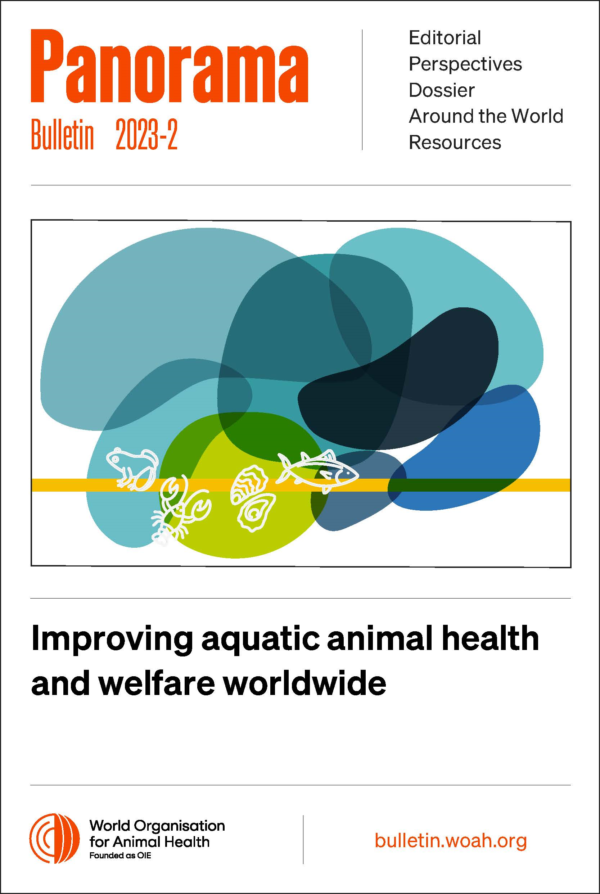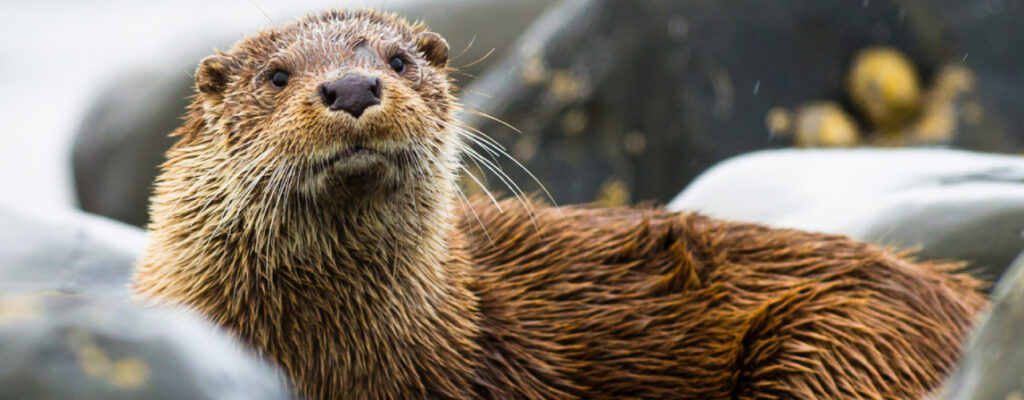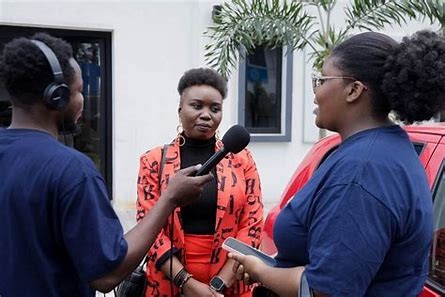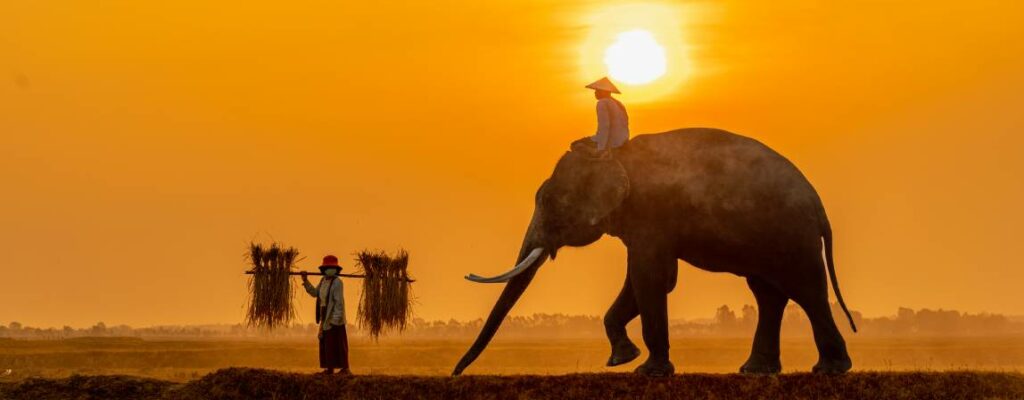Around the world Posted on 2023-12-12 11:48:56
WOAH actions
Strengthening regional collaboration in improving aquatic animal health
Keywords
Authors
Hirofumi Kugita(1) , Jing Wang(1),
(1) Regional Representation for Asia and the Pacific, World Organisation for Animal Health (WOAH)
Disease outbreaks are the greatest threat to aquatic animal production globally. This threat is shared and requires collaborative actions by the World Organisation for Animal Health (WOAH) and its Members, in collaboration with relevant stakeholders, to protect and improve aquatic animal health worldwide[1].
With the support of Reference Centres, WOAH provides training to Members to improve capacity for aquatic animal health management. However, Reference Centre experts have limited capacity and often specialise in particular areas or disease. Members may also not be able to access relevant international organisations and/or WOAH Reference Centres for assistance. Therefore, a regional network was established to coordinate activities and facilitate communication between Members and Reference Centres.
This initiative has proven to be an effective way to support the implementation of the WOAH Aquatic Animal Health Strategy 2021–2025, through regular regional communication and information dissemination, conducting collective projects, and provision of technical support for example by sharing positive control and training materials.
Aquaculture – a rapidly growing industry
Aquaculture is still the fastest growing food-producing sector in the world. Aquaculture in the Asia–Pacific region continued to grow, with an average annual growth rate of 5.2%, from 2008 to 2018. Total aquaculture production in the region reached a historical high of 105 million tonnes in 2018, which accounted for 92% of global aquaculture production [2].
However, the rapid growth of this sector brings with it risks, which are compounded by the increasingly globalised trade in live aquatic animals and their products. Aquatic animal disease outbreaks continue to cause significant losses to aquaculture production throughout the world, adversely impacting the sustainability of aquaculture and livelihoods of those involved in the sector.
Why the regional network was established and how it supports the implementation of the WOAH Aquatic Animal Health Strategy
During the WOAH Expert Consultation Meeting on Aquatic Animal Disease Diagnosis and Control, held in November 2018 in Bangkok, Thailand, it was proposed to establish the Regional Collaboration Framework on Aquatic Animal Health in Asia and the Pacific (hereinafter referred to as ‘the Network’). The initial focus of the network was to build a framework of actors to strengthen laboratory capacity for aquatic animal disease activities in Asia and the Pacific, such as emergency responses to disease outbreaks. It also intended to contribute to improved information sharing among WOAH Reference Centres and Members on aquatic animal health issues. This proposal was further discussed and endorsed by the WOAH Regional Commission for Asia, the Far East and Oceania at its 31st Conference, held in Sendai, Japan, in September 2019.
The main objectives of this network include:
- Strengthening collaboration among and between WOAH Reference Centres (i.e. Reference Laboratories and Collaborating Centres) and Members .
- Sharing and exchanging information on test validation, reference materials and positive samples.
To coordinate the activities and initiatives under the Network, a regional steering committee, comprising representatives from Reference Centres, partner organisations and Focal Points of Members, was established in 2019. This steering committee meets annually to identify priority areas for the following year and review the ongoing activities of the Network.
To date, the steering committee has identified the following three topics as priorities for the Network:
- Collection and evaluation of existing guidelines and materials on awareness of aquaculture biosecurity for small-scale farms in the Asia-Pacific Region, in collaboration with the Network of Aquaculture Centres in Asia-Pacific.
- Collection and evaluation of existing test methods for acute hepatopancreatic necrosis disease (AHPND), in collaboration with the WOAH Reference Laboratory for AHPND.
- Regional collaboration to respond to emerging diseases of aquatic animals, in collaboration with Dr Ingo Ernst, President of the WOAH Aquatic Animals Commission.
In addition to the above activities, several workshops and webinars were organised in response to requests from the Members, which included virtual meetings for emerging diseases, providing assistance with the acquisition of positive control material (figure 1), an awareness webinar on the PVS Tool ‘Aquatic’, and responsible and prudent use of antimicrobials in aquaculture.
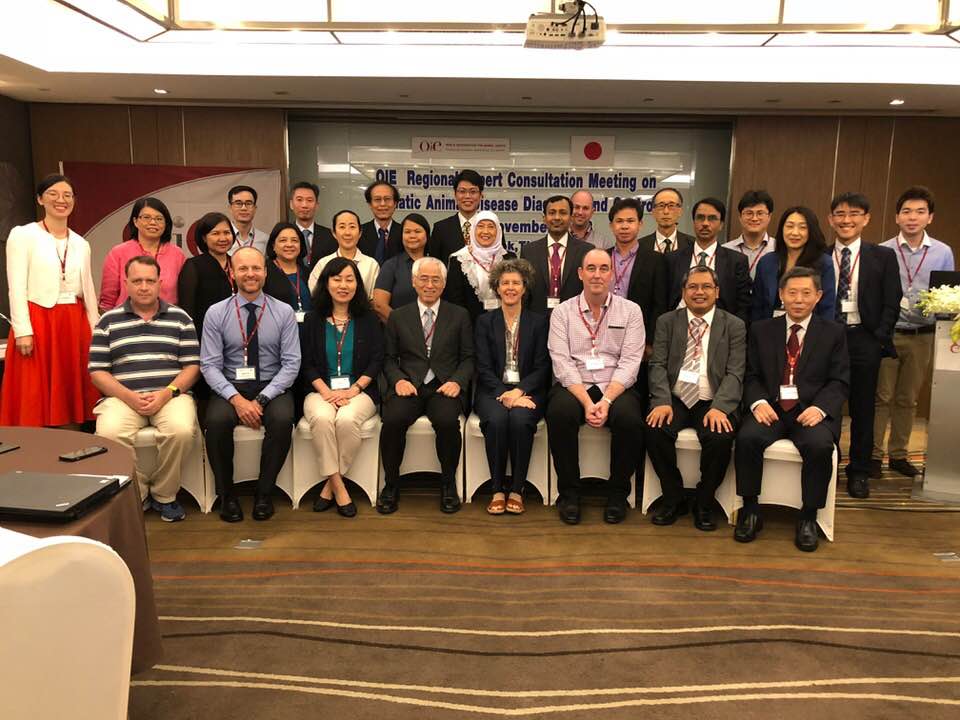
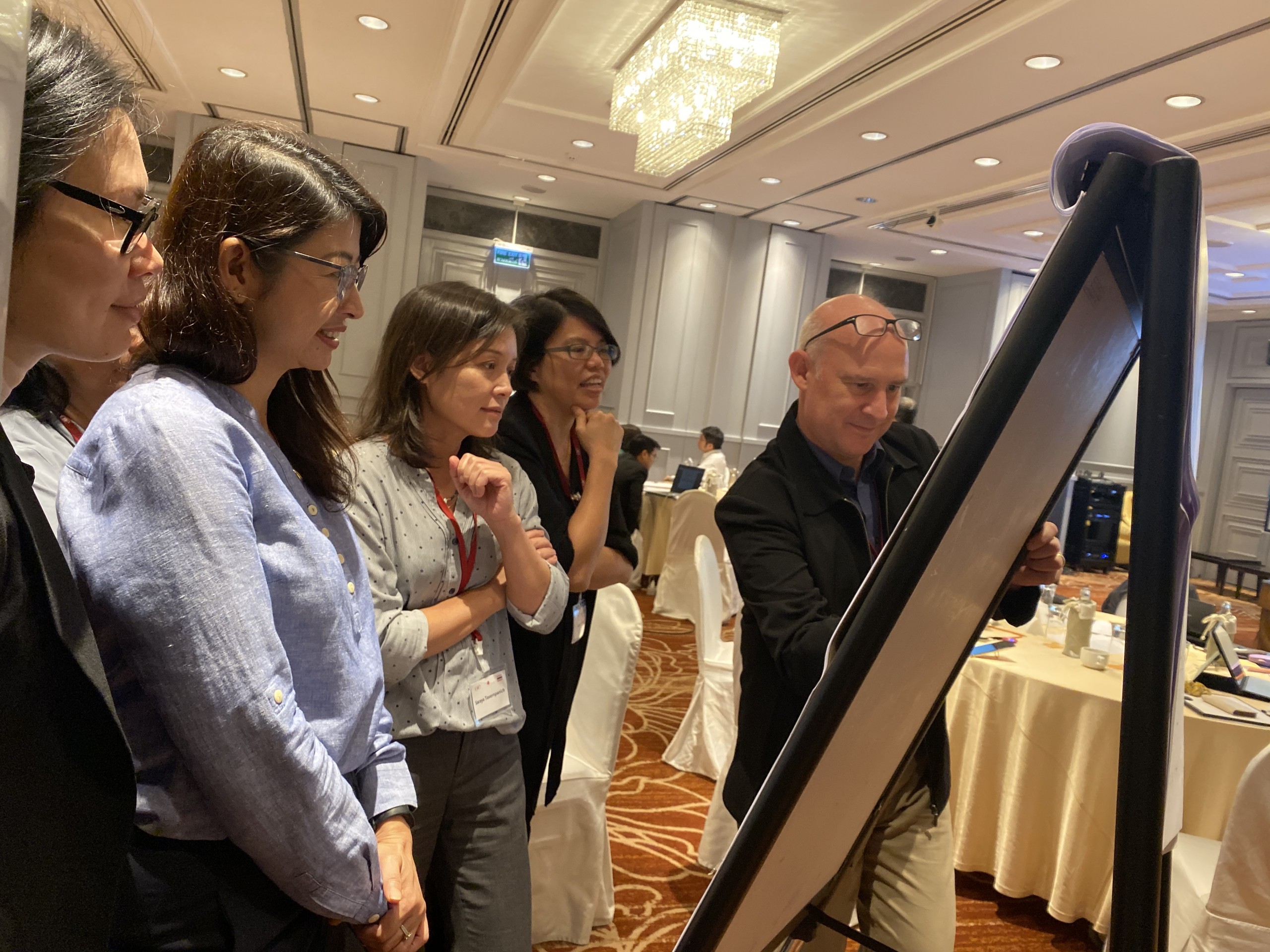
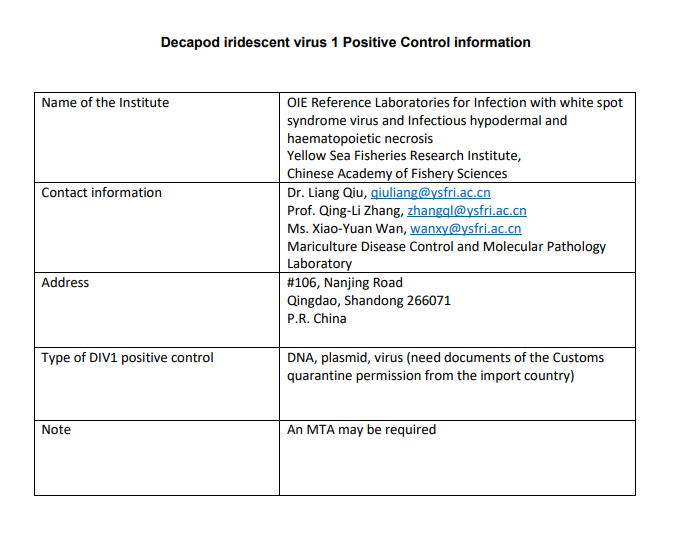
https://doi.org/10.20506/bull.2023.2.3417
References
- World Organisation for Animal Health (WOAH) (2021). – WOAH Aquatic Animal Health Strategy 2021–2025. Available at: https://www.woah.org/app/uploads/2021/05/en-oie-aahs.pdf
- Food and Agriculture Organization of the United Nations (FAO) (2022). – Regional Review on Status and Trends in Aquaculture Development in Asia-Pacific 2020. Available at: https://www.fao.org/3/cb8400en/cb8400en.pdf





